Article Contents
| Clin Exp Pediatr > Volume 64(6); 2021 |
|
Abstract
Background
Purpose
Methods
Fig. 2.
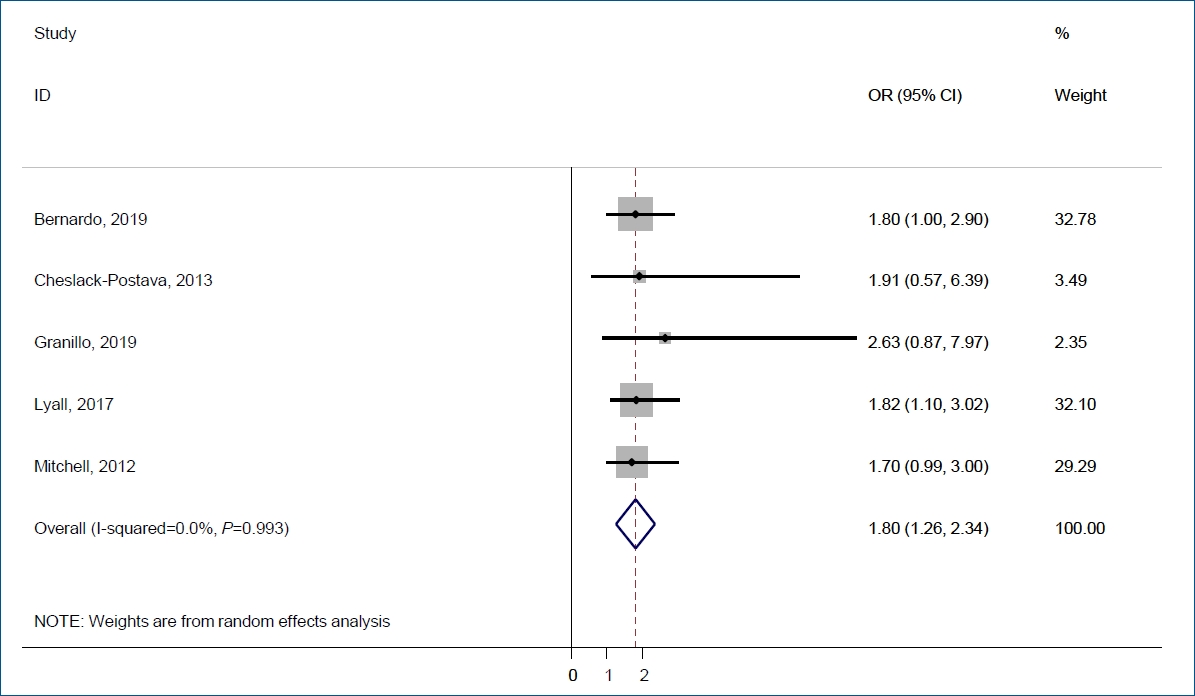
Fig. 3.
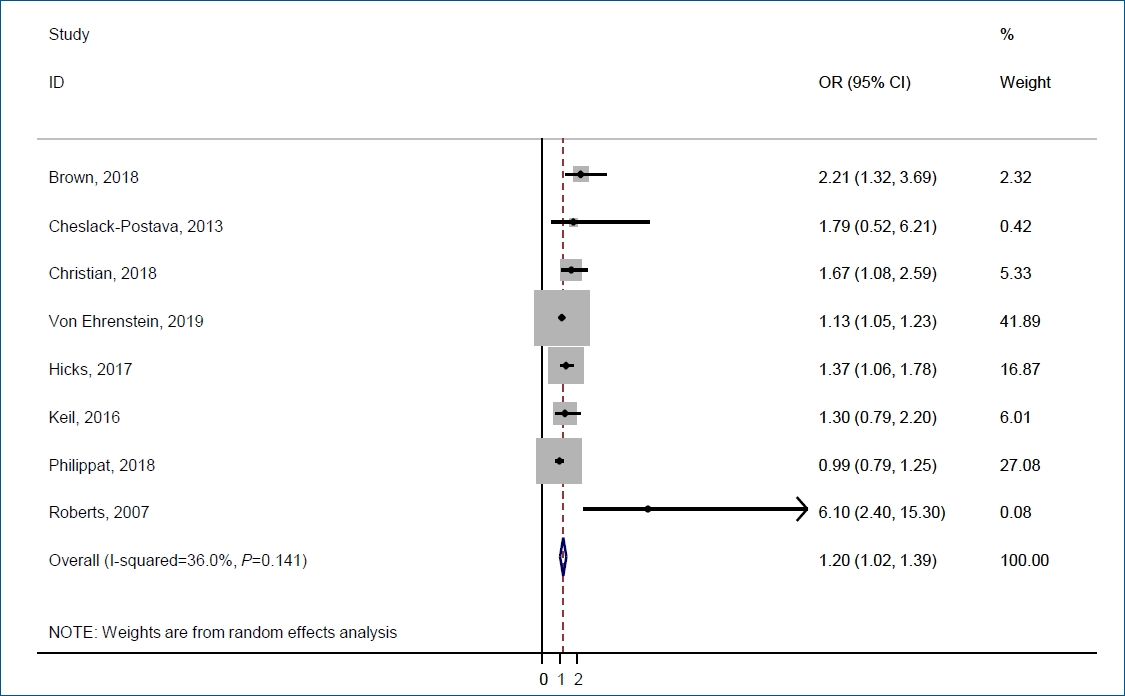
Table 1.
Table 2.
| Study | Country | Design | Sample size (n) | Method | Unit | Estimate | Adjustment | OR/RR Total | Kind | Autism criteria | Child age range (yr) | Quality |
|---|---|---|---|---|---|---|---|---|---|---|---|---|
| Bernardo, [29] 2019 | Canada | Cohort | 546 | GC-MASS | ng/g | Odds ratio | Crude | 1.8 (1.0–2.9) | PCB118; 1.20 (0.72–1.89) | SRS-2 | 3–4 | High |
| PCB138; 1.76 (0.99–2.92) | ||||||||||||
| PCB153; 1.82 (1.02–3.02) | ||||||||||||
| PCB170; 1.39 (0.80–2.24) | ||||||||||||
| PCB180; 1.20 (0.67–1.98) | ||||||||||||
| Cheslack-Postava, [22] 2013 | Finland | Case-control | 150 | GC-MASS | ng/g | Odds ratio | Adjusted | 1.91 (0.57–6.39) | PCB118; 1.00 (0.32–3.10) | ICD-10 | 38–40 | High |
| PCB138; 2.25 (0.69–7.31) | ||||||||||||
| PCB153; 1.80 (0.60–5.37) | ||||||||||||
| PCB170; 1.67 (0.61–4.59) | ||||||||||||
| PCB180; 1.83 (0.68–4.96) | ||||||||||||
| Granillo, [31] 2019 | USA | Case-control | 104 | GC-MS/MS | ng/mL | Odds ratio | Adjusted | 2.63 (0.87–7.97) | PCB118; 0.74 (0.28 to 1.96) | ADOS | 3 | High |
| PCB153; 0.67 (0.26 to 1.77) | ||||||||||||
| PCB180; 1.46 (0.55 to 3.87) | ||||||||||||
| Lyall, [25] 2017 | USA | Case-control | 872 | GC-IDHRMS | ng/g | Odds ratio | Adjusted | 1.82 (1.10–3.02) | PCB118; 1.15 (0.72–1.82) | DSM-IV | No reported | High |
| PCB138; 1.79 (1.10–2.92) | ||||||||||||
| PCB153; 1.82 (1.10–3.02) | ||||||||||||
| PCB170; 1.48 (0.88–2.50) | ||||||||||||
| PCB180; 1.49 (0.89–2.49) | ||||||||||||
| Mitchell, [26] 2012 | USA | Case-control | 107 | GC/MS | ng/g | Odds ratio | Adjusted | 1.7 (0.99–3.0) | - | Clinical | No reported | High |
OR, odds ratio; RR, relative risk; GC-MASS, Gas chromatography–mass spectrometry; GC-MS/MS, Gas chromatography–mass spectrometry (GC-MS); SRS-2, social responsiveness scale (Second Edition); ADOS, Autism Diagnostic Observation Schedule; DSM-IV, Diagnostic and Statistical Manual ; PCB, polychlorinated biphenyls; ICD-10, International Statistical Classification of Diseases, 10th revision; GC-IDHRMS, gas chromatography–isotope dilution high resolution mass spectrometry.
Table 3.
| Study | Country | Design | Sample size (n) | Method | Organic pollutant | Kind | Unit | Estimate | Adjustment | OR/RR Total | Autism criteria | Child age range (yr) | Quality |
|---|---|---|---|---|---|---|---|---|---|---|---|---|---|
| Philippat, [32] 2018 | USA | Cohort | 203 | LC-mass/mass | Pesticides insecticide | Organophosphat | ng/g | Odds ratio | Adjusted | 0.99 (0.79–1.25) | ADOS | 3 | High |
| Roberts, [27] 2007 | USA | Case-control | 465 | Pyrethroid | Pesticides insecticide | Organochlorine | NM | Odds ratio | Crude | 6.1 (2.4–15.3) | Clinical | No reported | High |
| Brown, [30] 2018 | Finland | Cohort | 778 | GC-MASS | Pesticides insecticide | Organochlorine | ng/g | Odds ratio | Adjusted | 2.21 (1.32–3.69) | ICD-10 | No reported | High |
| Cheslack-Postava, [22] 2013 | Finland | Case-control | 150 | GC-MASS | Pesticides insecticide | Organochlorine | ng/g | Odds ratio | Adjusted | 1.79 (0.52–6.21) | ICD-10 | No reported | High |
| Christian, [23] 2018 | Jamaica | Case-control | 298 | NM | Pesticides insecticide | Organochlorines | NM | Odds ratio | Adjusted | 1.67 (1.08–2.59) | CARS; DSM | 2–8 | High |
| Organophosphat | High | ||||||||||||
| Von Ehrenstein, [28] 2019 | USA | Case-control | 445 | pyrethroid | Pesticides insecticide | Organophosphate | NM | Odds ratio | Adjusted | 1.13 (1.05–1.23) | DSM-IV | 4–11 | High |
| ICD-9 | High | ||||||||||||
| Hicks, [21] 2017 | USA | Cross-sectional | 159 | NM | Pesticides insecticide | Pyrethroid | NM | Rate ratio | Adjusted | 1.37 (1.06–1.78) | ICD-9 | <20 | High |
| Keil, [24] 2016 | USA | Case-control | 669 | NM | Pesticides insecticide | Neonicotinoids | NM | Odds ratio | Adjusted | 1.3 (0.79–2.2) | Clinical | 3–10 | High |
OR, odds ratio; RR, relative risk; ADOS, Autism Diagnostic Observation Schedule; GC-MASS, Gas chromatography–mass spectrometry; ICD-10, International Statistical Classification of Diseases, 10th revision; GC-IDHRMS, gas chromatography–isotope dilution high resolution mass spectrometry; LC-mass/mass, high-performance liquid chromatography coupled with tandem mass spectrometry; NM, not mentioned; CARS, The childhood autism rating scale; DSM-IV, Diagnostic and Statistical Manual.



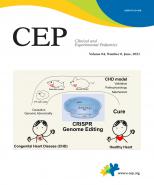

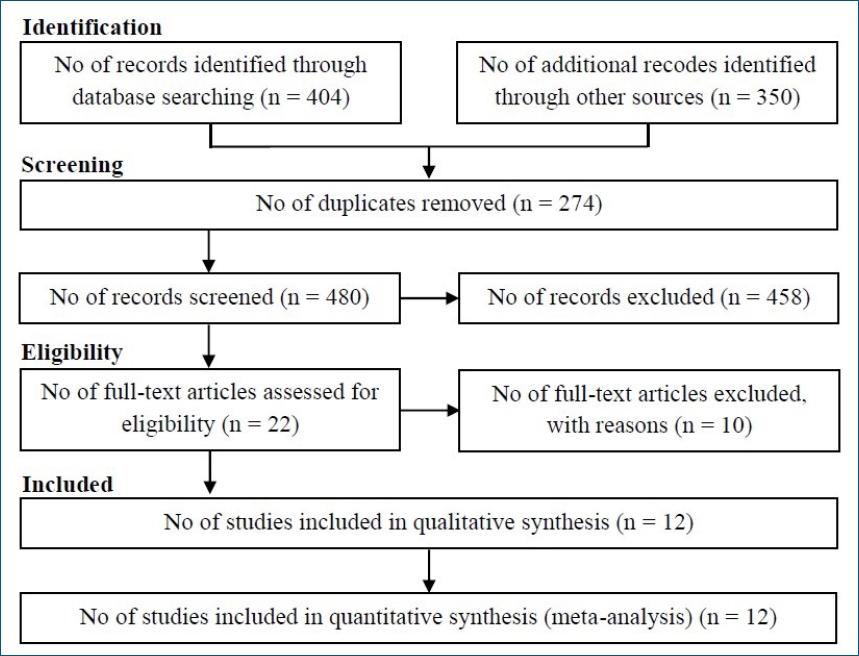
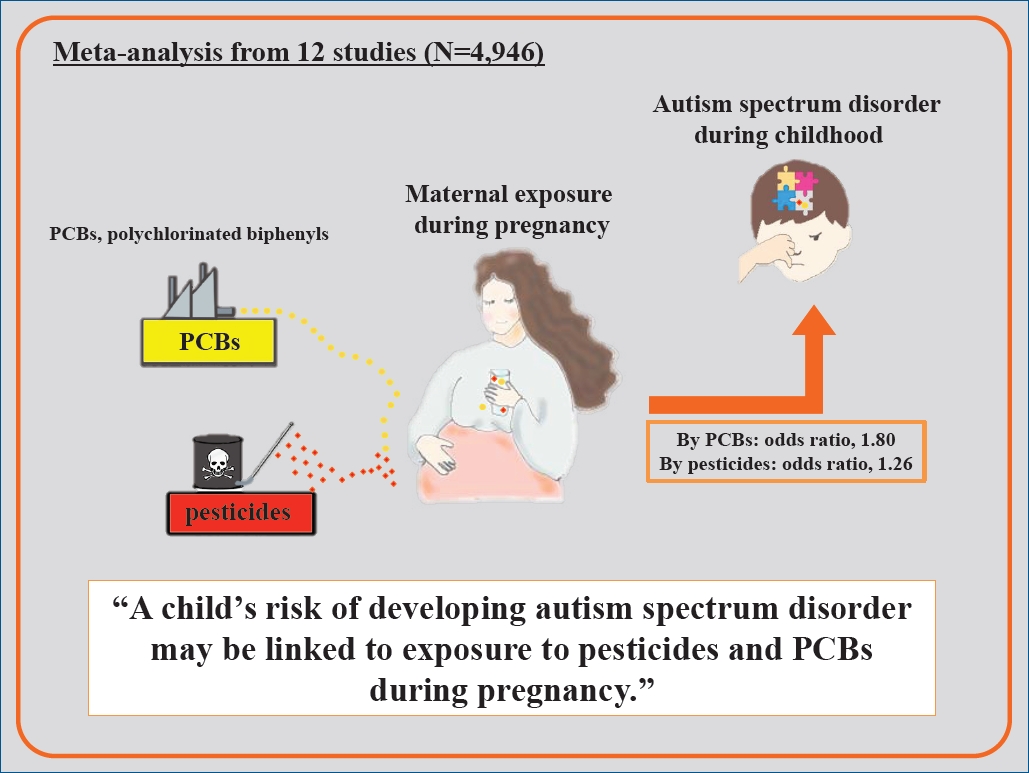
 PDF Links
PDF Links PubReader
PubReader ePub Link
ePub Link PubMed
PubMed Download Citation
Download Citation


